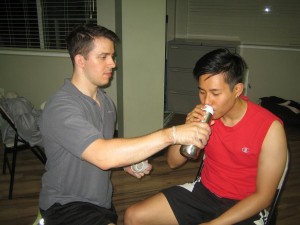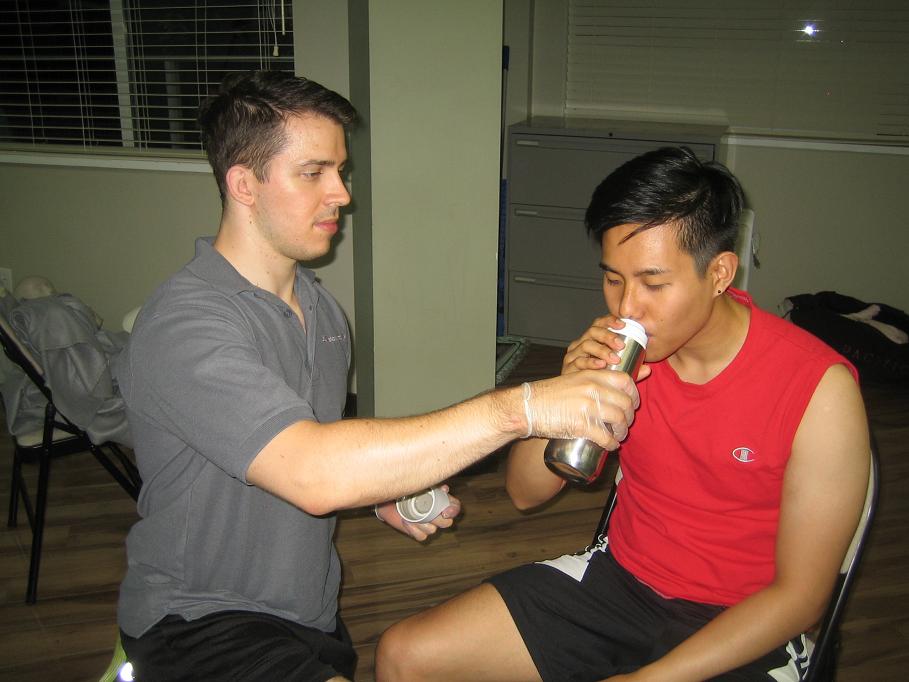As one of the heat-related problems, heatstroke is considered the most severe after heat cramps and heat exhaustion. Always remember that heatstroke often occurs due to exercise or strenuous work in warm environments along with inadequate intake of fluid. The elderly, young children, obese and individuals with impaired ability to sweat are at high risk for heatstroke. Other risk factors include alcohol use, dehydration, cardiovascular disease and intake of certain medications.
Always remember that liquids help us cool down by allowing the body to produce heat. Nevertheless, liquids are also required for the bodily functions such as maintaining the blood pressure. An individual can lose large amount of body fluids through sweat without noticing any of the effects, but at a certain point, the body will reserve the remaining liquid for essential functions and stop sweating. Understandably, the core temperature of the body increases while the cells start dying. Sweat evaporates quickly during dry weather, cooling the body efficiently than during the humid weather. In humid conditions, the core temperature increases more rapidly. This is the reason why the weather can affect how you feel when you are outdoors.
Individuals with the following conditions are prone to heat stroke
- Alcoholism
- Obesity
- Chronic illnesses such as heart diseases
- Elderly
- Uncontrolled diabetes
- Parkinson’s disease
- Intake of certain medications such as antihistamines and diuretics
- Use of psychoactive drugs such as cocaine and alcohol
Even heavy clothing and certain skin conditions can contribute to the occurrence of heatstroke.
One reason why heatstroke is severe and life-threatening is the fact that the normal mechanism of the body that deals with heat stress such as temperature control and sweating is not enough. A sure indication of heatstroke is the distinct elevated body temperature, generally higher than 104 F (40 C) and accompanied with changes in the mental status that range from personality changes to confusion and coma. The skin can become hot and dry. Even though heatstroke is due to exertion, the skin can be moist.
Other signs and symptoms of heatstroke
- Rapid heartbeat
- Rapid and shallow breathing
- Cessation of sweating
- Elevated or lowered blood pressure
- Dizzy and lightheadedness
- Confusion, irritability and unconsciousness
- Nausea
- Headache
- Fainting, particularly in elderly individuals
Steps to take if heatstroke is suspected
- Transfer the individual to a shady or air-conditioned space
- Call for emergency assistance right away
- Cool the individual by covering him/her with a damp sheet or spraying cool water. You can direct air to the individual by using a fan.
- Instruct the person to drink cool water or any non-alcoholic beverage without caffeine if able.

There are also other heat emergencies that also linked to heatstroke. Elevated core temperatures can damage the internal organs, particularly the brain. The loss of fluid can drastically drop the blood pressure. In some cases, individuals are killed by heatstroke once their heart stops pumping effectively. Even individuals who managed to survive develop permanent brain damage if the core temperature is higher than 40.6 C for more than an hour or two.

